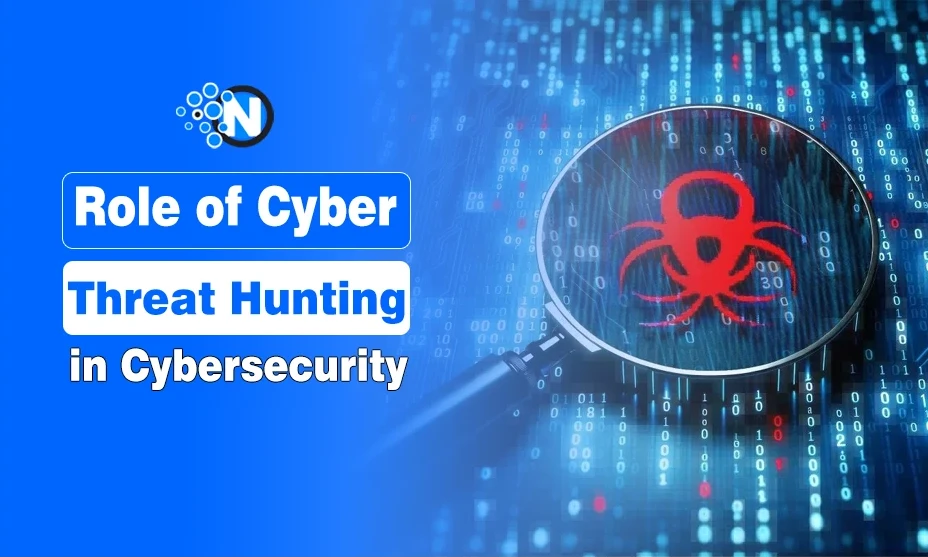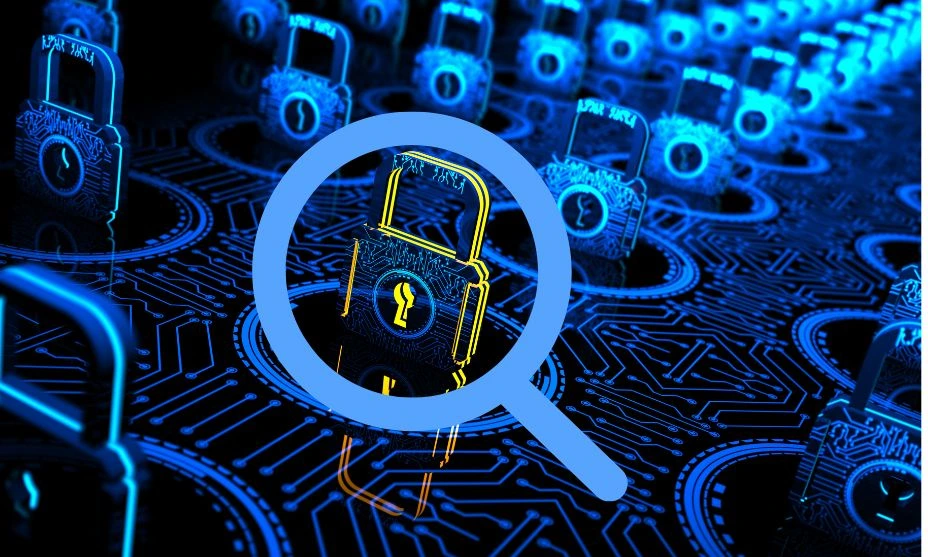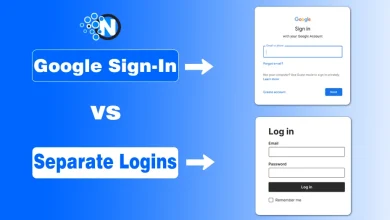Role of Cyber Threat Hunting in Cybersecurity

In this digital era of life, the rate at which security threats burrow into organizations and individuals has surpassed all previous records. According to Statista, data breaches exposed more than 422 million records worldwide during the third quarter of 2024.
Viewed against this fact, Cyber Threat Hunting has emerged as an essential defence strategy that plays a significant role in the identification and mitigation of potential security threats before they cause damage.
This proactive approach is gaining momentum across industries, and an increasing number of people are realizing the inefficiency of conventional security systems against such sophisticated cyber-attacks.
In this article, I will explain cyber threat hunting and its role in cybersecurity to help businesses prevent cyber attacks.
Keep reading!
What is Cyber Threat Hunting?
Cyber threat hunting is an advanced security strategy in which systems and networks are actively monitored for potential threats and malicious activities that are not picked up by traditional security.
Unlike most cybersecurity strategies, which are often reactive, cyber threat hunting works to reveal hidden threats before they can strike. Tools like Guardio can help remove malware from Chrome, including real-time protection and monitoring against potential threats.

How Does Cyber Threat Hunting Work?
More often than not, cyber threat hunting is left to human expertise and automated tools. Even for a threat-hunting expert, while advanced software may be relied on to scan copious amounts of data for anomalies, interpretation and identification of advanced threats would have to be based on intuition and experience.
Core activities carried out during the threat-hunting process include:
- Hypothesis Generation: A hunter might start with the generation of a hypothesis concerning possible threats. The hunters might assume that some kinds of unusual logins could be intruders testing the network. With this hypothesis in mind, they will conduct the investigation.
- Investigation and Discovery: Investigation and discovery involve taking the hypothesis deep into the system logs, user behaviors, network traffic, and other sources of data in their pursuits of patterns that are probably too obscure for classic security tools.
- Analysis and Confirmation: After identification, threat hunters analyze suspicious activity to confirm whether it is a valid threat. This might involve cross-checking with other pieces of data or even running simulations to see what risks it poses.
- Response and Mitigation: After confirmation of any kind of threat, necessary removal or mitigation actions are taken. This may include isolating compromised systems, blocking suspicious IP addresses, or shifting to higher security protocols to block similar incidents in the future.
Role of Cyber Threat Hunting in Cybersecurity
Cyber Threat Hunting offers significant benefits that make it essential for any security strategy. It helps both individuals and businesses to detect and prevent cyber threats proactively.
The main advantages and the role of cyber threat hunting are as follows:
- Early Threat Detection: Threat hunting enables businesses to detect threats before they can cause serious damage. By proactively searching for indicators of compromise (IoCs) and unusual activity, threat hunters can detect threats before they escalate into full-blown incidents. It keeps business operations running smoothly without facing any security issues.
- Advanced Threat Identification: Multi-layered and difficult to detect attacks, that include APTs, tend to bypass traditional security measures. Due to their superior methods and countermeasures, threat hunters can find these covert threats through the examination of network and endpoint profiling and other relevant information flows. They can tell when something is out of the ordinary or if your security system flagged an abnormality.
- Reduced False Positives: Most classic cybersecurity systems generate false positives, better known as “alert fatigue,” which means real threats get missed. Threat hunters differentiate genuine threats from benign activity, enhancing protection.
- Enhanced Security Intelligence: Continuous monitoring and analysis by cyber threat hunters offer organizations better insights into their vulnerabilities, especially to strengthen security. It can serve to enhance subsequent safety procedures, design specific threat identification approaches, and prevent and counter modern risks.
- Improved Incident Response: Threat hunting allows incident response to not only be effective and time-efficient but also proactive to minimize further damage, allowing the organization to recover faster. Cyber threat hunting enhances the effectiveness of incident response because it offers timely identification of any threats and fast follow-on action to secure the environment.
Techniques Used in Cyber Threat Hunting
Threat hunters use various techniques to reveal hidden threats for enhanced security measures. Some of the commonly used techniques in cyber threat hunting are:
- TTP Analysis: TTP analysis is about the tactics, techniques, and procedures attackers use to gain access and work inside the network. It is these things that the hunters study to find similar patterns of techniques across the systems.
- Anomaly Detection: This shows the deviation from standard network behavior. It may be defined as a strange increase in the number of login attempts or unexpected data transfer, which may show a potential threat.
- Intelligence Gathering: Databases in threat intelligence keep cyber threat hunters updated with the latest attack patterns, types of malware, and a list of known vulnerabilities that would impact their systems.
Skills Required for Cyber Threat Hunting
Cyber threat hunting is a particular activity in terms of the skillset: a hunter needs to be not only technically proficient but also strategically savvy. The fundamental skills a threat hunter must have are:
- Technical Proficiency: Threat hunters must possess profound knowledge regarding network architecture, operating systems, and cybersecurity tools.
- Analytical Thinking: Strong analysis is required to make sense of a huge amount of data and unusual patterns.
- Knowledge of Threat Landscape: It is necessary to keep up with the current trends in the cybersecurity field since attackers continuously adapt their methods to defeat traditional security for malicious purposes.
Final Thoughts
Cyber threat hunting is the most important activity in a reliable cybersecurity approach to protect business data. This proactive approach reduces damage in advance and helps organizations and individuals build security wall against evolving cyber threats.
Of course, traditional security tools are needed, but using them with skilled threat hunters makes a great difference in ensuring even advanced attacks are identified and stopped. In the face of the growing demand for cybersecurity, proactiveness against cybercrime, such as cyber threat hunting, becomes no longer an option but a must-have.




